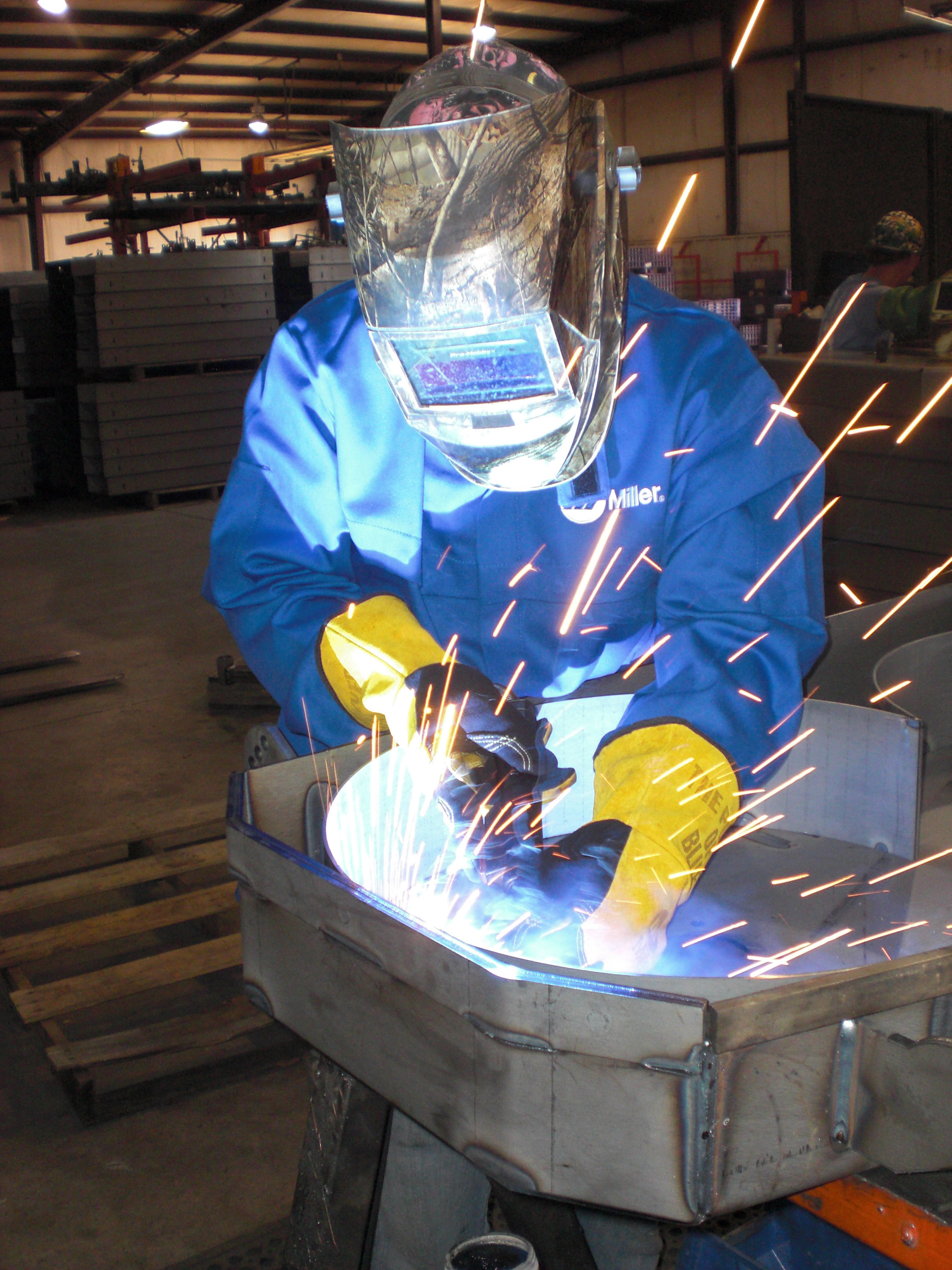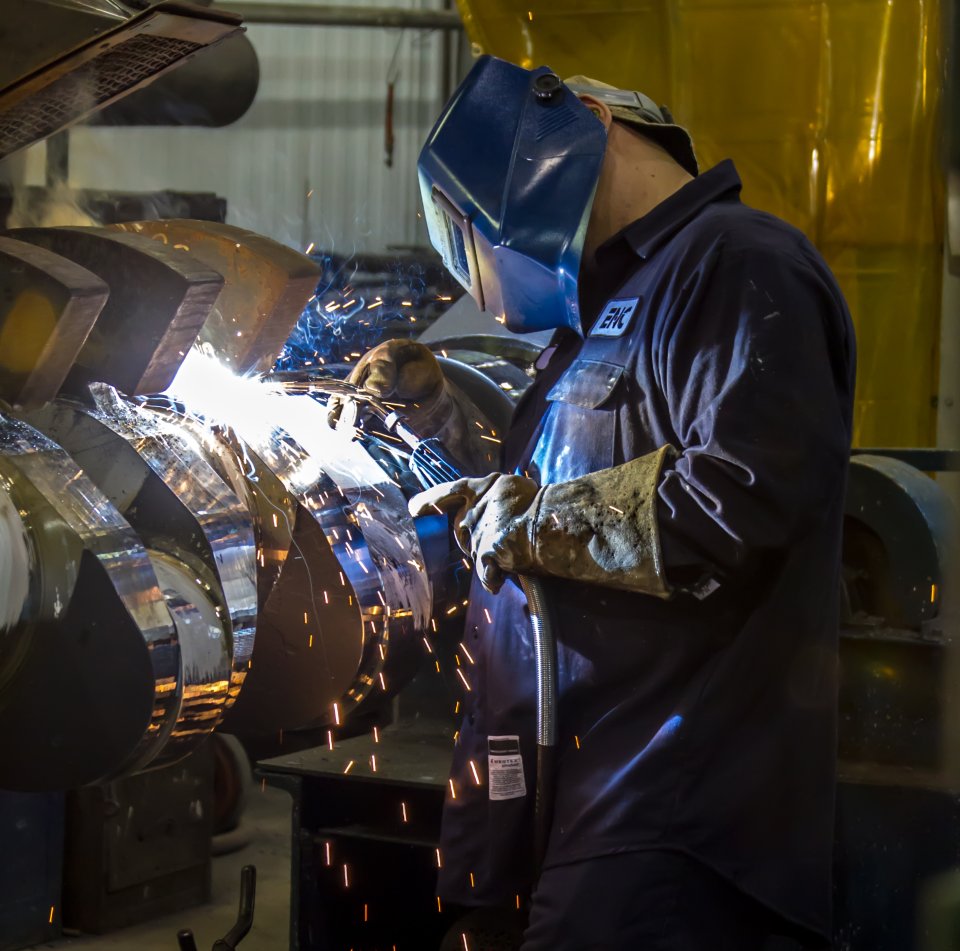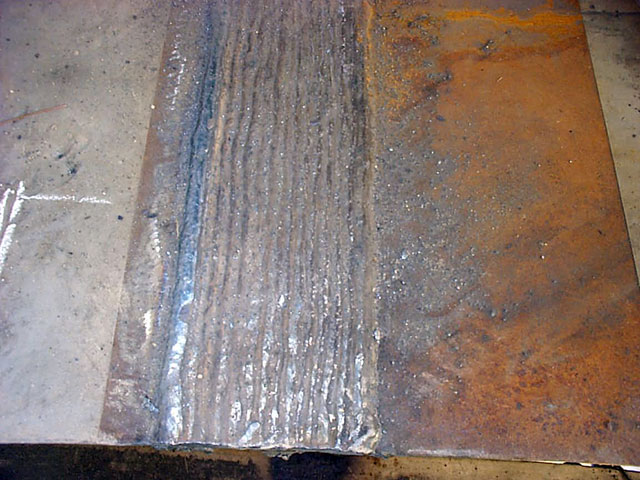Top Ten Things to Teach Novice Welders
Training must go beyond creating quality welds. This primer shows why instilling good habits early on is important to ensure that these individuals are prepared to contribute positively to the overall welding operation and gain the confidence they need to become increasingly proficient.
Posted: November 5, 2012
Learning to weld is no easy task. It takes patience, practice and a solid foundation of knowledge. For manufacturers who find themselves faced with the challenge of training novice welders, it is important to instill good habits early on in the training process. Doing so helps ensure that these individuals are well prepared not only to create quality welds, but also to contribute positively to the overall welding operation. It can also help the welders gain the confidence they need to become increasingly proficient. Here are 10 important things to teach novice welders, to help them improve their skills and stay safe in the process.
1. Make safety a first priority: It is critical that welders protect themselves from the heat and electricity generated by the welding process. The arc is dangerous to both the eyes and skin, and welders need to wear the proper personal protective equipment (PPE) at all times. These items include flame-resistant gloves, safety glasses, a welding helmet and a long-sleeved welding jacket. Flame-resistant clothing and steel-toed shoes are also recommended. Both the American Welding Society (AWS; Miami, FL) and OSHA offer guidelines for PPE for specific environments.
It is also important for welders to use enough ventilation, local exhaust at the arc, or both to keep the fumes and gases below the Permissible Exposure Limit (PEL)/Threshold Limit Value (TLV)/Occupational Exposure Limits (OELs) in their breathing zone and the general area. Always train new welders to keep their heads out of the fumes.
Also explain to new welders the importance of reading and understanding the manufacturer’s instructions for equipment, your company’s safety practices, and the safety instructions on the label and the material safety data sheet for the filler metals being used. In short, remind novice welders to take all necessary precautions to protect themselves and others. Routinely checking for proper ground connections and standing on a dry rubber mat (indoors) or a dry board (outdoors) during welding can further protect welders by minimizing the possibility of electrical shock.
2. Install Consumables Properly: Good conductivity (the ability for the electrical current to flow along the welding circuit) is an important factor in gaining good weld quality. New welders should always install their consumables – diffusers, nozzles, contact tips, collet bodies, etc. – according to the manufacturer’s recommendation, making sure that each component is securely tightened.
In a gas metal arc welding (GMAW) operation, for example, the connection between the GMAW gun neck and diffuser needs to be secure to prevent shielding gas leaks. Secure connections also provide the surface area necessary to carry the electrical current throughout the GMAW gun (or gas tungsten arc welding – GTAW torch) to create a stable arc. Good connections also help prevent weld defects, support consistent productivity and reduce the risk of premature consumable failure due to overheating.
3. Cleanliness is critical: Cleaning the base material prior to welding, and as needed between weld passes, is absolutely essential. Dirt, oil, grease and other debris can easily enter the weld pool causing contamination that leads to poor weld quality and costly rework. Excessive oxidation and moisture are also culprits that can compromise quality weld.
New welders need to be educated as to the proper cleaning procedure for the particular base material they are welding. In some cases, wiping the base material with a clean, dry cloth may suffice. However, welding on aluminum, for example, takes more precautions. The welder will need to use a stainless steel wire brush designated for aluminum to clean out the joint before welding. A wire brush removes dirt and any of the oxides that may still reside on aluminum’s surface. Regardless of the material, it is important to provide the welder with the proper instructions for cleaning before welding commences.
4. Always follow welding procedures: Welding procedures are the “recipe” needed to create consistent welds. New and experienced welders alike need to understand the importance of these procedures and should follow them at all times. The procedures for a given application have been carefully determined and qualified by experts to ensure that the recommended parameters are capable of yielding the desired results. Weld procedures include details such as the required shielding gas mixture, recommended gas flow rate, and voltage and amperage ranges.
These procedures also provide information on the type and diameter of filler metal to use, as well as the proper wire feed speed in the case of a GMAW or flux-cored arc welding (FCAW) application.
5. Understand the importance of filler metals: Filler metals are a critical, but sometimes confusing, component of the welding system. New welders can benefit from familiarizing themselves with the attributes of various types of wires, including flux-cored and metal-cored wires, as well as the techniques for welding with each type. For example, they should learn whether their particular filler metal requires a “push” or “pull” technique. Following old adages like, “If there’s slag, then you drag,” can help . . . it indicates that flux-cored wires, which produce slag, should be operated using a pull technique.
New welders should also establish the habit of consulting the manufacturer’s specification sheet for additional operating recommendations. Learning to handle and store filler metals properly is also critical for new welders to learn. They should always wear clean gloves when handling filler metals and if they are responsible for storing them, should do so in a clean, dry environment.







